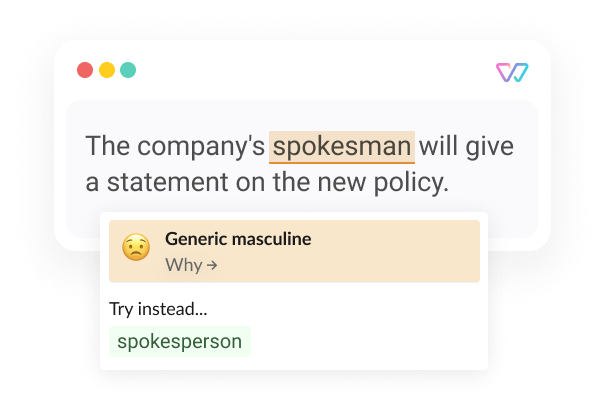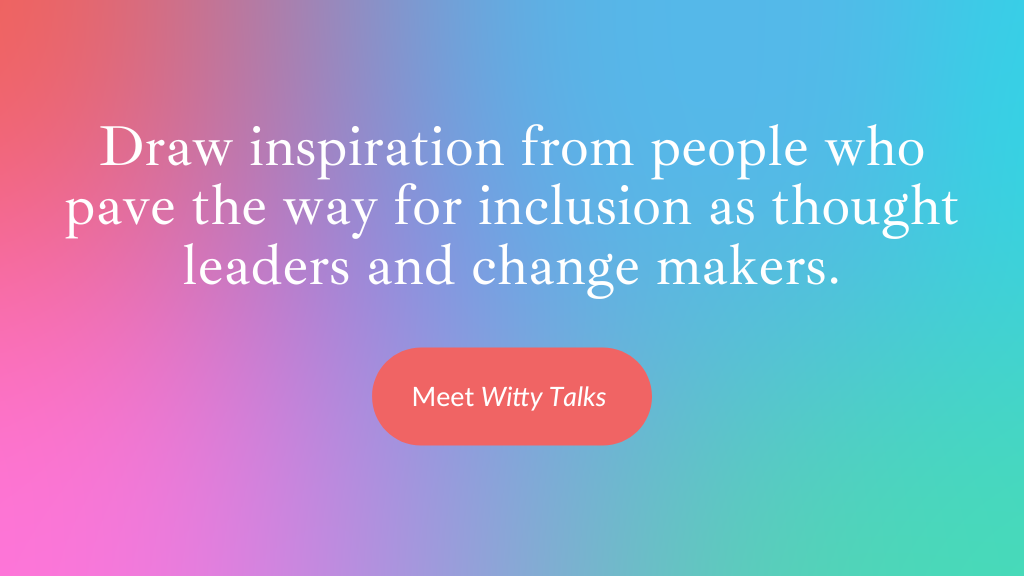 Generic masculine
Generic masculine
Generally provokes a mental image of men
To include everyone, use options that nudge people’s brains into seeing all gender possibilities.


A superhero, a surgeon, and a priest walk into a bar*. If you’re picturing three men, your brain has tripped over gender stereotypes. These stereotypes are triggered by the traditional gender images around us. It takes our brain some backtracking, or a nudge, to realize these three could be women, non-binary, or a mixed group. You have several options to nudge brains into including all genders (see below).
The punchline? Is “Ouch.” 🥱
👍
Therefore, when doctors are on non-resident call, they are required to provide patient treatment should the need arise, and they are NOT entitled to abstain from working from the HA.
👎
Therefore, when a doctor is on non-resident call, he is required to provide patient treatment should the need arise, and he is NOT entitled to abstain from working from the HA.
Doesn't resonate with
- Everyone who identifies as a woman
- People in the LGBTQIA+ community
- People in occupations and roles historically dominated by another gender
Shout-outs
- Ladies First or Ladies Last: Do Masculine Generics Evoke a Reduced and Later Retrieval of Female Exemplars? (N. Keith, K. Hartwig, & T. Richter)
- Hidden but Widespread Gender Biases Emerge in Millions of Words (Tessa Charlesworth)
- How language shapes the way we think (Lera Boroditsky)
- Language influences mass opinion toward gender and LGBT equality (Margit Tavits and Efrén O. Pérez)
- The subtle ways language shapes us (Nayantara Dutta)
- The extinction of male generics (Brian D. Earp)



